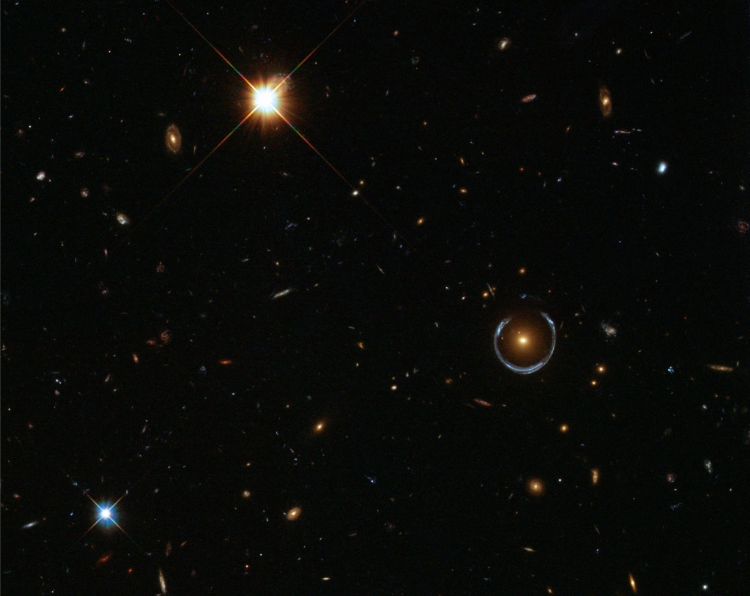
What is photometry and how are optical filters involved?
Photometry is the general term used for observing astronomical objects by measuring the light coming from them.
Optical filters have an important role to play in this, by helping to define the spectrum of light that is observed.
This may seem counterintuitive, since optical filters alter the observed signal, but it restricts the waveband to an interesting range of frequencies and makes two different objects more directly comparable.
Types of photometry
There are several different methods and types of photometry in common usage
Differential Photometry
This measures the brightness of the target object and nearby stars, to compare the differences between them.
Relative Photometry
This is another difference-based observation technique, this time comparing the target to stars elsewhere in the sky that have known magnitudes.
Absolute Photometry
This uses multiple bandpass filters with a relative photometry technique to understand more about the physical processes that lead to changes in brightness.
Basic and advanced photometry
Optical bandpass filters can be used to make photometry relatively simple, by passing the light from the target through the filters and recording the result.
Using standard sets of bandpass filters can yield comparable results from objects in different parts of the sky, or with different physical properties.
Spectrophotometry is more complex and detects the spectral distribution of the radiation coming from an astronomical object.
Envin Scientific’s own optical filters were used as part of the K-band Multi-Object Spectrograph (KMOS) project, investigating early galaxy formation and growth.
Photometric systems
A photometric system defines a set of optical bandpass filters for use in observations, which can be calibrated against a number of primary standard stars to ensure recordings are comparable across different observations.
The system may be defined using a combination of letters agreed by astrophysicists around the world, including for example:
- I – Infrared
- R – Red visible light
- G – Green visible light
- B – Blue visible light
- U – Ultraviolet
Numerous other letters are in use to further define the infrared range into slices of the near-IR and mid-IR spectrum.
Famous photometric systems
The choice of photometric system can influence the outcome of readings significantly – including some of the most famous astronomical observations of recent years.
For example, the Hubble Deep Field image compiled over Christmas 1995 used four broadband filters centred on 300nm (near-UV), 450nm (blue visible), 606nm (red visible) and 814nm (near-IR).
The resultant image is one of the most famous ever produced – but might have looked very different had a different set of filters had been used.
Another well-known space telescope, the Near-Earth Object Wide-field Infrared Survey Explorer (NEOWISE), contains four IR detectors centred on 3.4, 4.6, 12 and 22 microns, approximating to the L, M, N and Q photometric letters in the mid-IR range.
Bespoke optical bandpass filters for photometry
Envin Scientific produce and supply bandpass optical thin film filters and bespoke optical filters for all applications, including photometry.
We can manufacture optical bandpass filters to exact specifications, to match photometric systems already in use, or to provide a photometric filter with the required characteristics.
To find out more about our optical filters for photometry applications, or for any other use, please contact Envin Scientific today and a member of our team will be happy to help with your enquiry.

